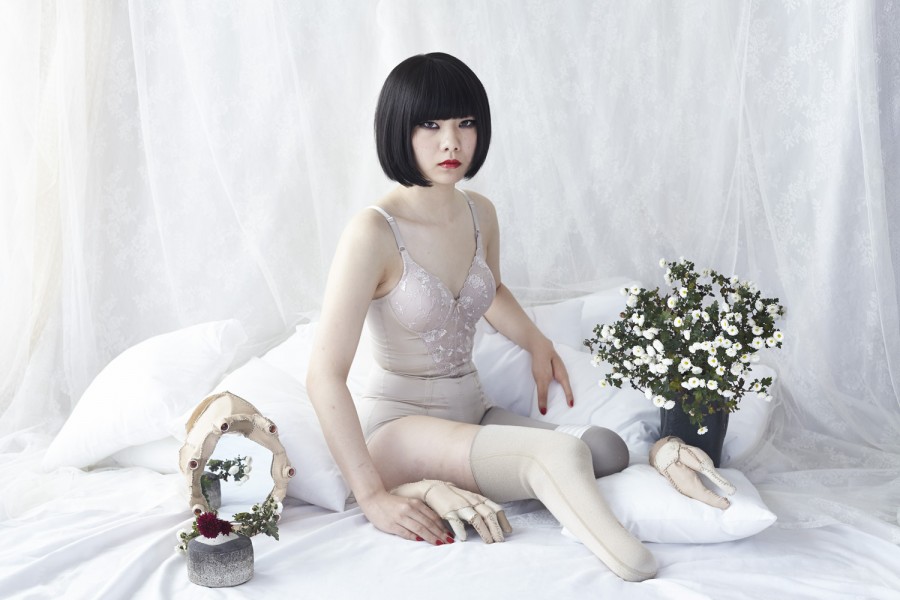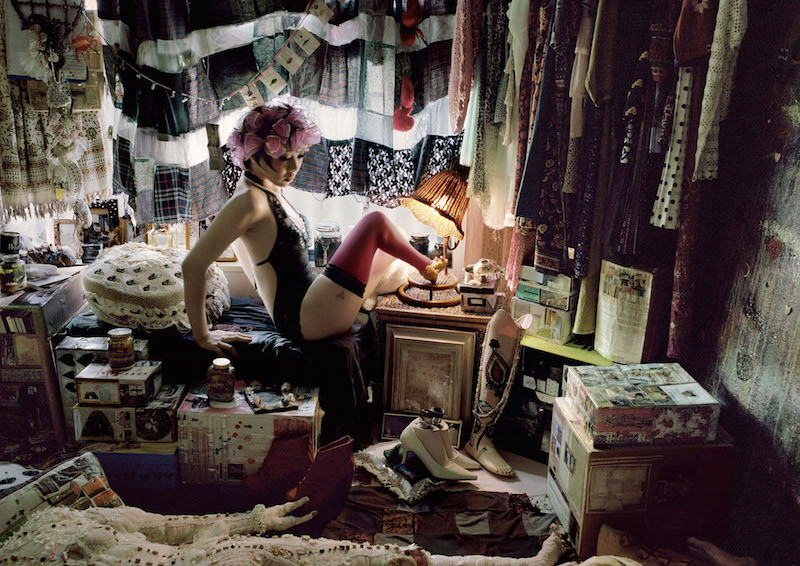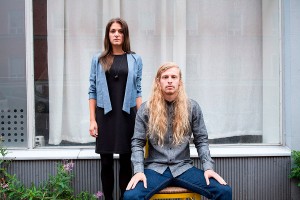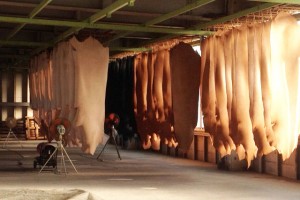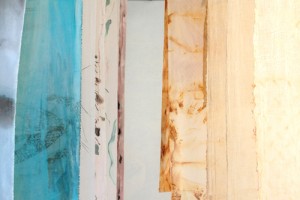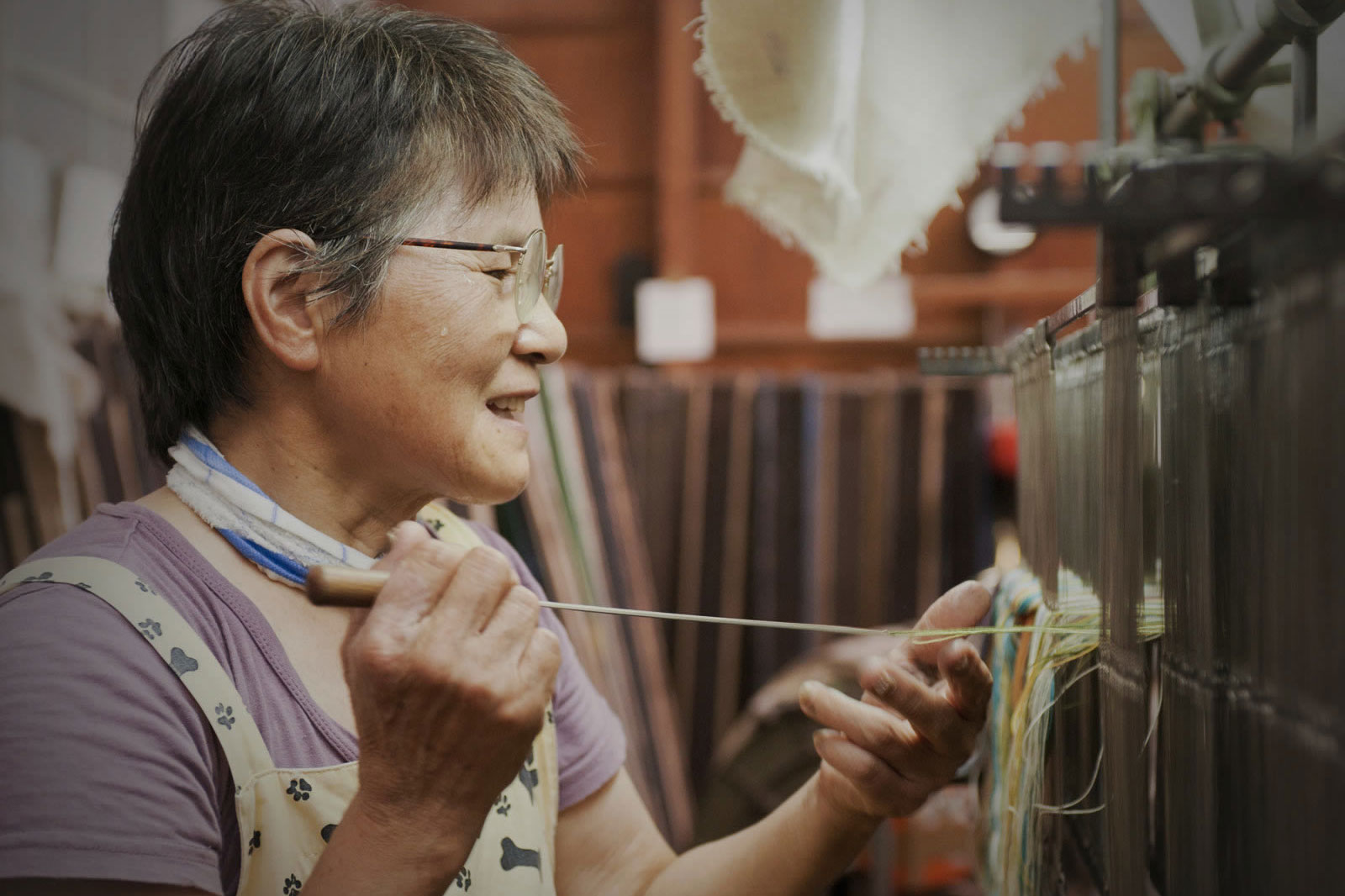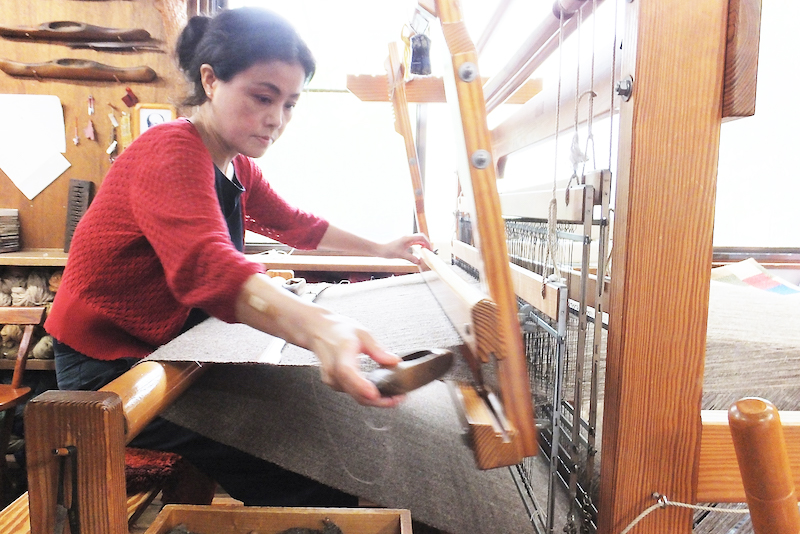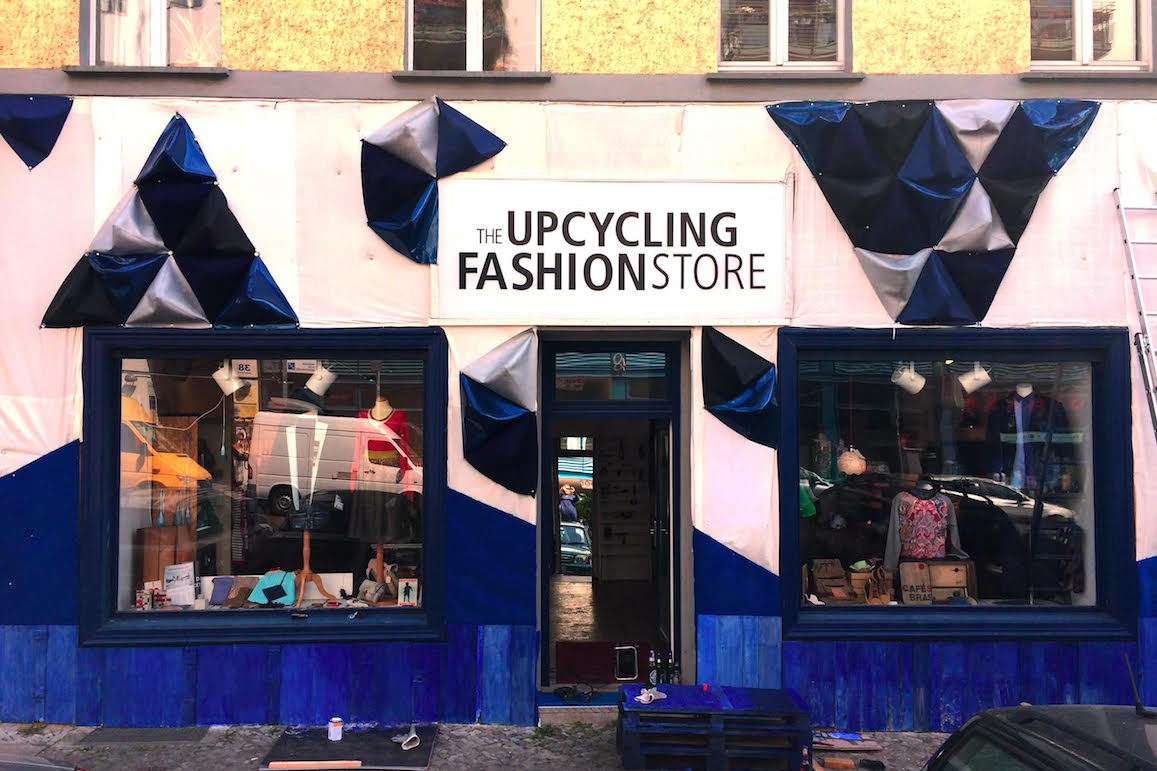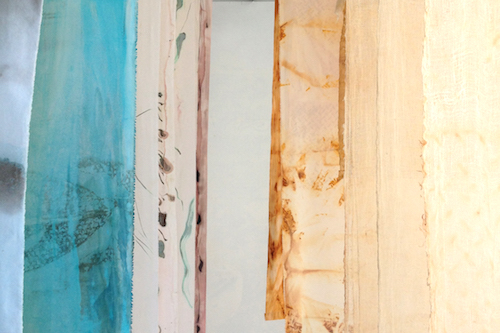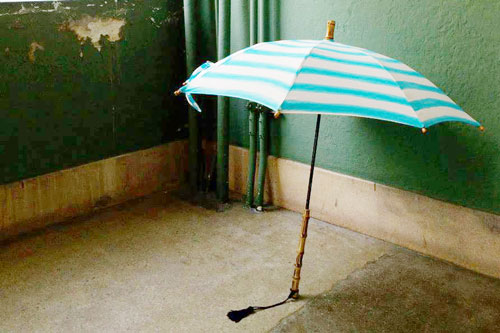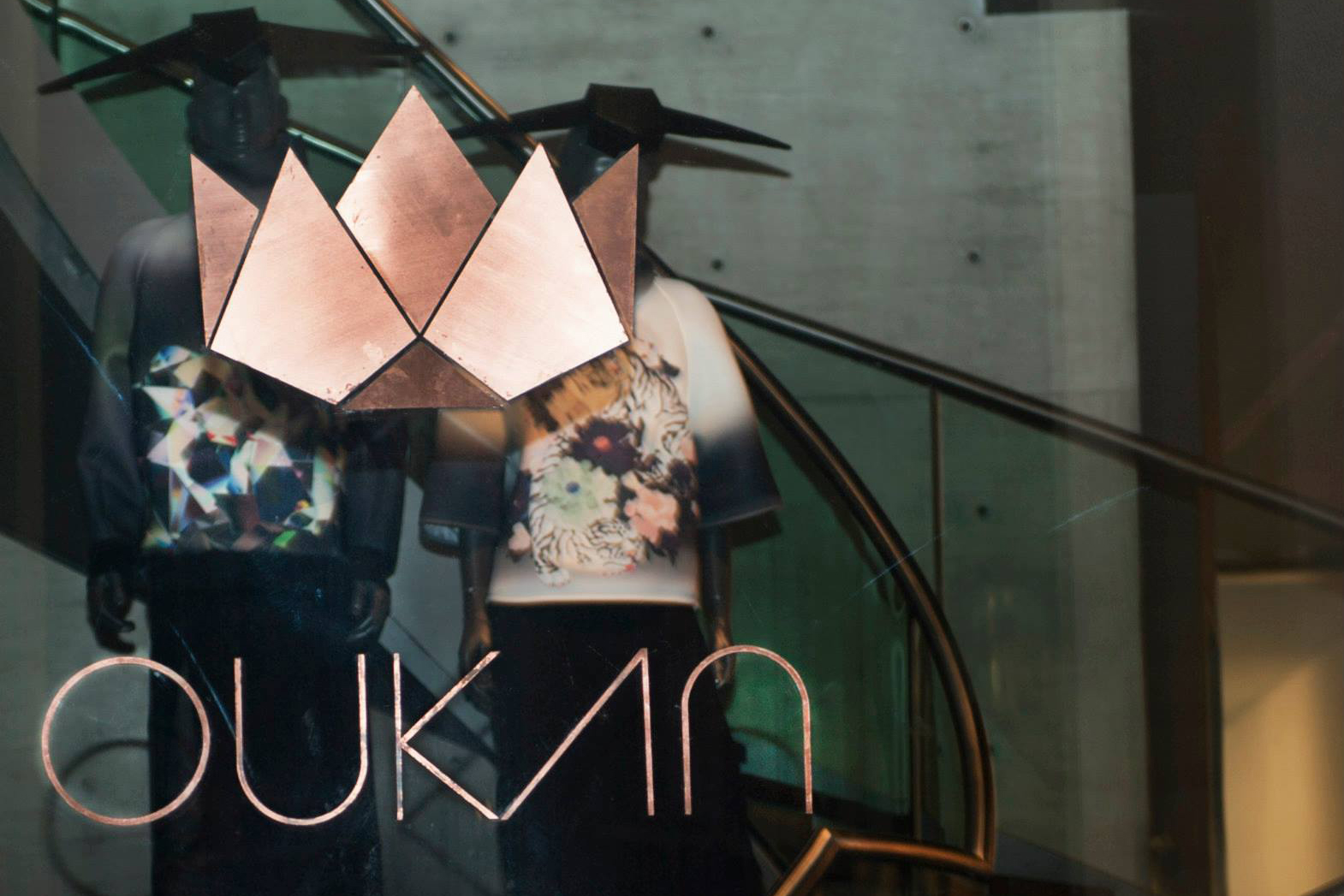Mari Katayama carries out her artistic activities on her two prosthetic legs. She was born with tibial hemimelia, a deficiency in which the major, larger leg bone is absent. As a result, both of her legs were amputated at age 9. Ever since, she has been expressing herself and her unique body’s connection with the surrounding world through her art pieces. With these works, she held her first solo exhibition entitled "you're mine."
Interview: Choosing High Heels with Amputated Legs / Artist, Mari KATAYAMA」
Disappearing into the ‘Normal’
In all of that, thinking about how she had different faces led her to create “you’re mine.”
This art installation is composed of her three “selves.” The first self is the plaster figure made from Katayama’s mold, in which she even molded her fingerprints. A mirror is attached where the face should be as a symbolic figure of how she copies the person in the reflection. This is the symbol of how she ‘stole’ behaviors and movements from various people.
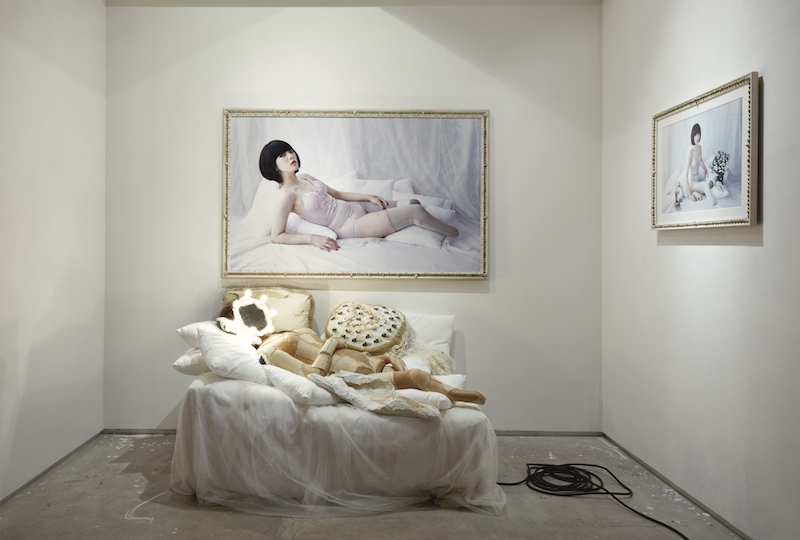
Installation of “you’re mine” at TRAUMARIS gallery. ©TAKEO YAMADA
The next self is Katayama as she appears in her self-portrait. Wearing a bodysuit and stockings to cover her prosthetic legs and thick make-up with a wig, the figure holds an unnatural pose in the photograph taken. This is her “social face,” which she created by copying other people.
The last self can be found in the life-size full-length mirror. This is the reflection of her “current self.”
She took the phenomenon of the doppelgänger as a metaphor for this artwork. It is said that if three doppelgängers gather in one place, the person they resemble will disappear. Therefore, she placed three of her selves in one place to show the answer she came up with: that no one has a ‘real’ self under the superficial faces we wear to be well off in society.
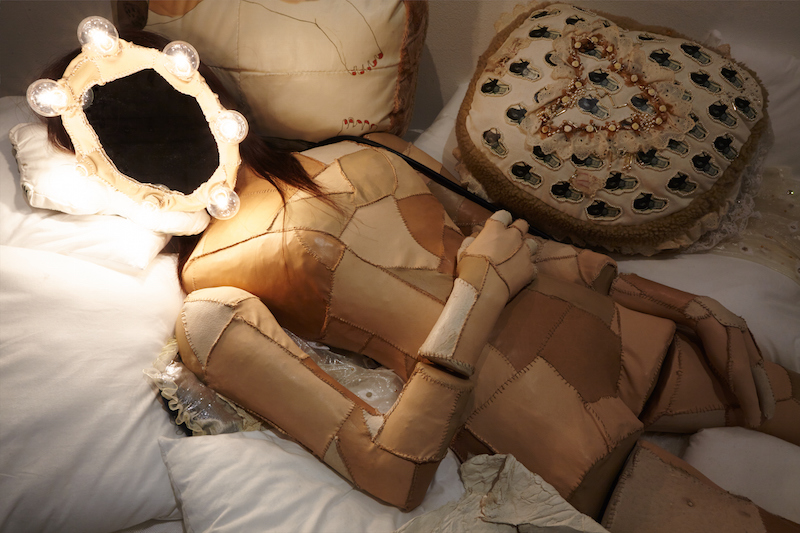
Plaster figure made from Katayama’s mold with mirror for the face. ©TAKEO YAMADA
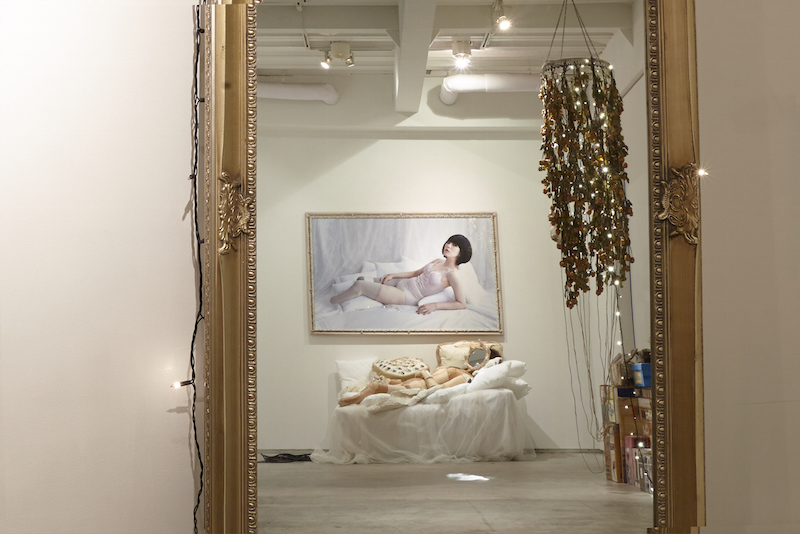
Full-length mirror to reflect the “current.” “Nothing will show unless I myself wasn’t there,” Katayama says. ©TAKEO YAMADA
Actually, the question—why she creates different a “social face” for herself, and why everyone behaves that way—unexpectedly released her from a trauma that had haunted her for years.
‘If I do this in this situation, I will be liked’ or ‘If I do this, I will be scolded’ or ‘I will be hated.’ I realized that to function well in society, everyone learns how to behave by watching other people.
When I thought, ‘Oh, so everyone watches and steals bits of other people to build themselves,’ I thought ‘They’re probably doing the same thing that I was doing when I kept imitating other people.’
Ever since I could remember, I’ve always wanted to fit into the ‘normal,’ so I had a complex about myself since I imitated and ‘absorbed’ different people. I thought that I was merely a patchwork, and that I may be empty inside.
But then I realized that I was just ‘the same as everyone else.’ I guess that means that I’ve already completely fit into the ‘normal.’
→Next Page:About Katayama from now on.

